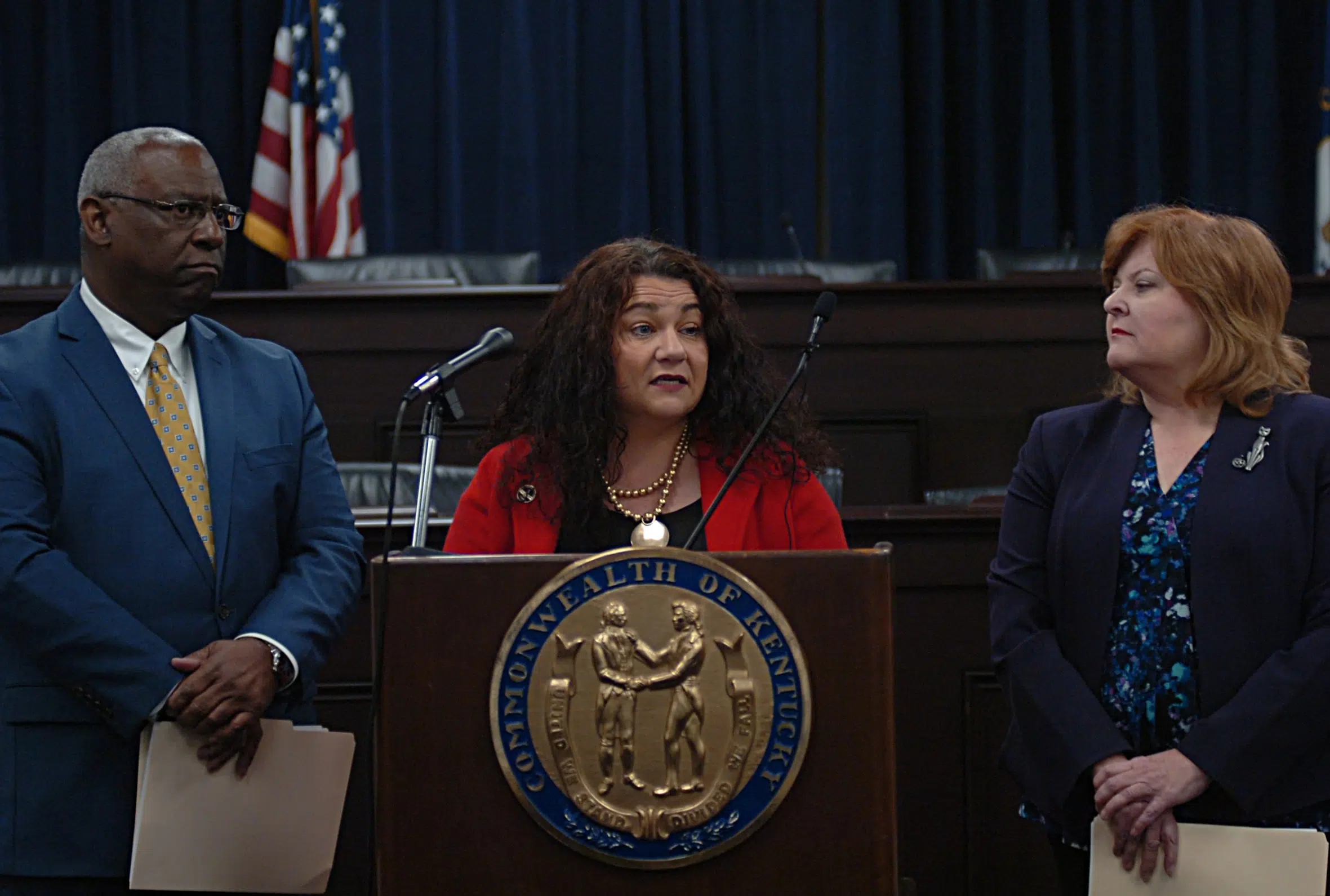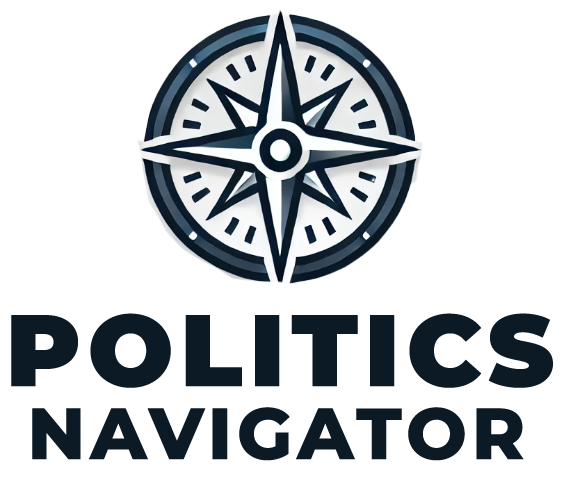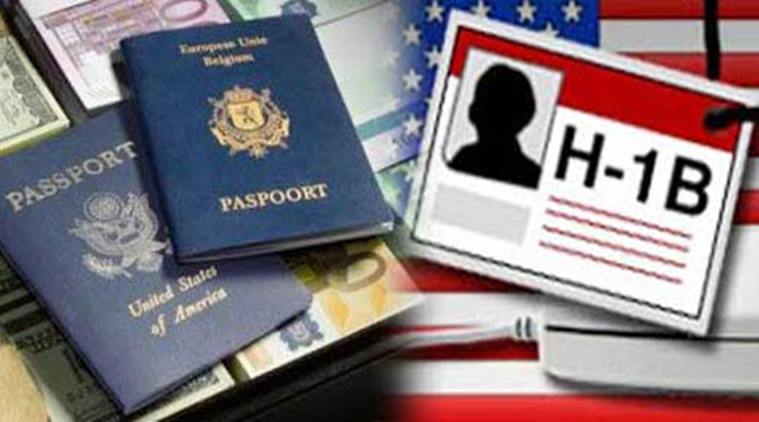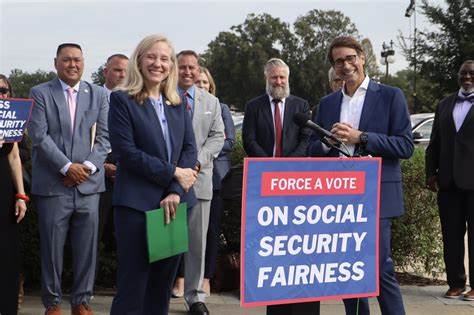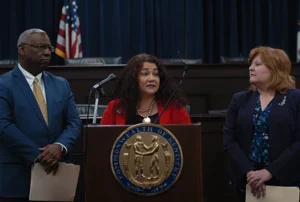The 2004 H-1B Visa Reform Act marks the last major expansion of high-skilled immigration access in the United States. Twenty years later, its impact continues to shape America’s technology sector and immigration policy, enabling approximately 400,000 advanced degree holders to contribute to the U.S. economy.
Historical Context
Pre-2004 Evolution
- 1990 Act’s 65,000 visa cap
- 1998 temporary increase to 115,000
- 2000 expansion to 195,000
- Return to 65,000 in 2004
Key Legislative Changes
- 20,000 advanced degree exemption
- Permanent recruitment attestations
- Enhanced Labor Department authority
- Increased training fees
- Fraud prevention measures
Economic Impact
Positive Outcomes
- $6 billion in scholarship funding
- 100,000 STEM scholarships created
- Job training programs established
- Innovation boost in tech sector
Current Limitations
- 85,000 annual cap (0.05% of labor force)
- 442,000 registrations for FY 2025
- 300,000+ skilled workers blocked
- Investment constraints
Modern Implications
Business Effects
- Offshore job creation increase
- Investment limitations
- Innovation constraints
- Talent competition challenges
Policy Environment
- Reform attempts since 2004
- Political gridlock impact
- Comprehensive reform challenges
- Future policy considerations
The 2004 H-1B Visa Reform Act, while significant, represents both achievement and limitation in U.S. immigration policy. Its lasting impact demonstrates both the benefits of skilled immigration and the ongoing challenges of policy reform in an increasingly competitive global economy.
